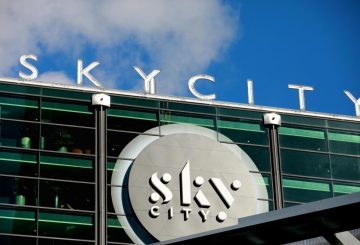Emily Perkins, một tác giả nổi tiếng được biết đến với các tiểu thuyết Lioness, The Forrest và Novel About My Wife, gần đây đã có một bài phát biểu nhấn mạnh tầm quan trọng của “sự hoang dã và trí tưởng tượng triệt để”. Đây là một phần của chuỗi sự kiện toàn quốc có tên “All in for Arts”, được tổ chức bởi The Arts Foundation Te Tumu Toi và Creative New Zealand.
Perkins đã chia sẻ hành trình của mình từ việc trở thành một người đam mê đọc sách khi còn nhỏ đến trở thành một nhà văn từng đoạt giải thưởng. Cô bày tỏ tình yêu của mình đối với sách, điều mà cô nói đã kích thích trí tưởng tượng của cô và giúp cô hiểu cảm xúc của mình. Perkins tin rằng sách không chỉ mang lại sự thoải mái và trốn thoát mà còn khiến người đọc tiếp xúc với những thực tế khắc nghiệt như đau buồn, mất mát và sinh tồn.
Cô ghi nhận trường trung học của mình, nơi ưu tiên nghệ thuật, và giáo dục đại học miễn phí cho thành công của cô với tư cách là một nghệ sĩ. Perkins cũng thừa nhận tầm quan trọng của việc tiếp cận, giáo dục và hỗ trợ tài chính trong việc xây dựng sự nghiệp trong nghệ thuật.
Perkins đã giải quyết các thách thức toàn cầu hiện tại như chiến tranh, diệt chủng và thảm họa khí hậu, và nhấn mạnh sự cần thiết của trí tưởng tượng cấp tiến để vượt qua những thời điểm khó khăn này. Cô tin rằng nghệ thuật và sáng tạo là điều cần thiết cho một cuộc sống trọn vẹn và nên là một phần thường xuyên trong cuộc sống của mọi người.
Cô cũng nhấn mạnh cuộc đấu tranh của các nghệ sĩ để kiếm sống, bất chấp tài năng và sự cống hiến của họ. Perkins kêu gọi hỗ trợ nhiều hơn từ các tổ chức như Creative New Zealand và Tổ chức Nghệ thuật, đồng thời ủng hộ Thu nhập Cơ bản Phổ quát để đảm bảo tiếp cận công bằng với nghệ thuật.
Perkins cũng chia sẻ những quan sát của mình từ một chương trình sinh tồn thực tế có tên Alone, lưu ý rằng các thí sinh thành công nhất thường là những người sáng tạo nhất. Cô kết thúc bài phát biểu của mình bằng cách nhấn mạnh nhu cầu cấp thiết của sự sáng tạo khi đối mặt với những thách thức hiện tại của thế giới.
Loạt sự kiện “All in for Arts” là một nỗ lực chung của The Arts Foundation và Creative New Zealand.




























































